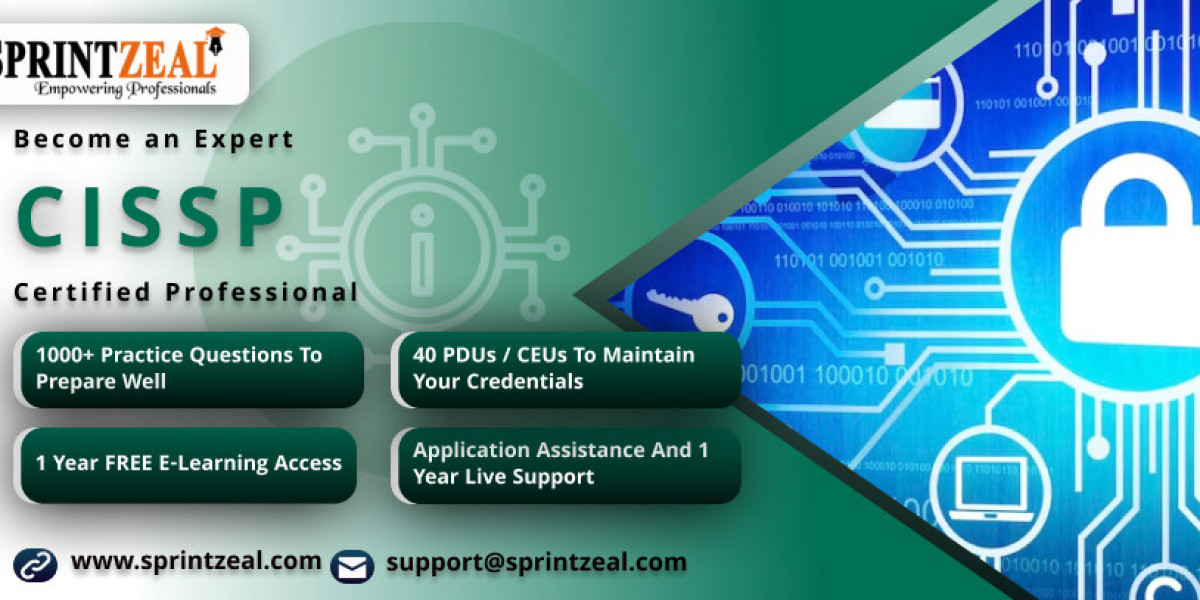Introduction: In the rapidly evolving landscape of cybersecurity, the Certified Information Systems Security Professional (CISSP) certification stands as a benchmark of excellence. Achieving CISSP certification not only validates your expertise in cybersecurity but also opens doors to lucrative career opportunities. However, passing the CISSP exam can be a daunting task, requiring thorough preparation and strategic approach. In this comprehensive guide, we will explore proven strategies to help you ace the CISSP exam on your first attempt in 2024.
Understanding the CISSP Exam: The CISSP exam, administered by the International Information System Security Certification Consortium (ISC)², is a six-hour test comprising 250 multiple-choice questions. These questions cover eight domains, including Security and Risk Management, Asset Security, Security Architecture and Engineering, Communication and Network Security, Identity and Access Management (IAM), Security Assessment and Testing, Security Operations, and Software Development Security.
Preparation Strategies:
Understand the Exam Objectives: Familiarize yourself with the exam objectives outlined by ISC². Understanding what each domain entails will help you prioritize your study efforts effectively.
Create a Study Plan: Develop a study schedule that aligns with your daily routine. Allocate sufficient time to cover each domain thoroughly, ensuring no topic is left unaddressed.
Utilize Reliable Resources: Invest in reputable study materials such as textbooks, online courses, and practice exams. Resources like the official CISSP study guide, Cybrary, and Boson Practice Exams are highly recommended.
Join Study Groups: Engage with fellow CISSP certification aspirants through online forums and study groups. Collaborating with peers allows you to exchange knowledge, clarify doubts, and stay motivated throughout your preparation journey.
Hands-On Experience: Supplement theoretical knowledge with practical experience. Experimenting with cybersecurity tools and techniques in a lab environment enhances your understanding and retention of key concepts.
Take Practice Exams: Regularly assess your progress by taking practice exams. Not only do practice tests simulate the exam environment, but they also help identify areas of weakness that require further attention.
Review and Reinforce: Continuously review previously covered topics to reinforce your understanding. Focus on areas where you struggle and seek additional resources or clarification as needed.
Stay Updated: Stay abreast of the latest developments in the field of cybersecurity. Subscribe to relevant blogs, newsletters, and industry publications to stay informed about emerging threats, technologies, and best practices.
Test-Taking Strategies:
Read Carefully: During the exam, carefully read each question and all answer choices before selecting your response. Pay attention to keywords and phrases that indicate the correct answer.
Eliminate Wrong Choices: If unsure about a particular question, systematically eliminate incorrect answer choices based on your knowledge and reasoning. This increases the likelihood of selecting the correct answer even if you're unsure.
Manage Time Wisely: Pace yourself throughout the exam to ensure you have sufficient time to answer all questions. Flag challenging questions for review and revisit them if time permits.
Answer Every Question: Unlike some exams where unanswered questions incur no penalty, the CISSP exam deducts points for incorrect answers only. Therefore, it's in your best interest to answer every question, even if you need to make an educated guess.
Stay Calm and Focused: Maintain a calm and focused mindset throughout the exam. Don't let anxiety or stress cloud your judgment. Take deep breaths and approach each question with confidence.
Post-Exam Strategies:
Evaluate Performance: After completing the exam, take some time to reflect on your performance. Identify areas where you excelled and areas that require improvement.
Review Incorrect Answers: If you don't pass the exam on your first attempt, don't be discouraged. Review the questions you answered incorrectly to understand why you missed them and how you can improve your knowledge in those areas.
Plan for Retake: If necessary, devise a plan for retaking the exam. Focus on strengthening your weaknesses while maintaining proficiency in areas where you already excel.
Stay Motivated: Maintain a positive attitude and stay motivated throughout your CISSP journey. Remember that persistence and determination are key to achieving your goals.
Conclusion: Passing the CISSP exam on your first attempt in 2024 requires diligent preparation, strategic planning, and effective test-taking strategies. By understanding the exam objectives, creating a comprehensive study plan, utilizing reliable resources, and implementing proven test-taking strategies, you can increase your chances of success. Remember to stay focused, stay updated, and stay motivated throughout your CISSP journey. With determination and perseverance, you can achieve your goal of becoming a Certified Information Systems Security Professional.








